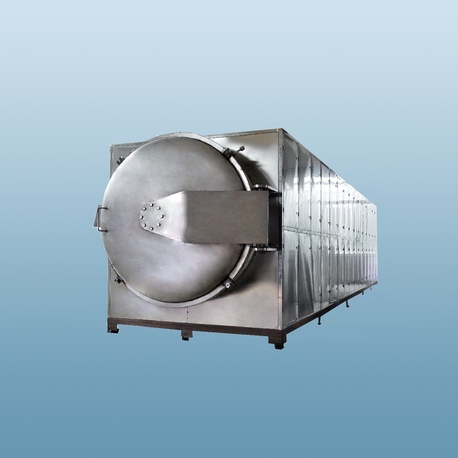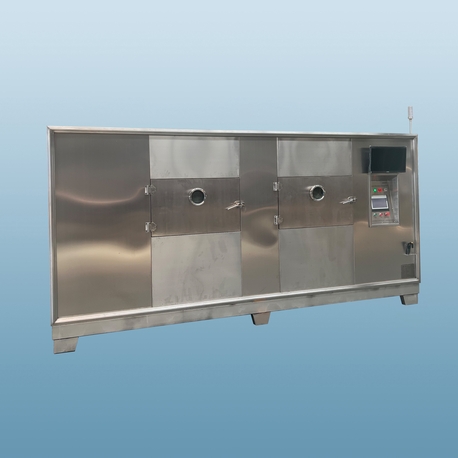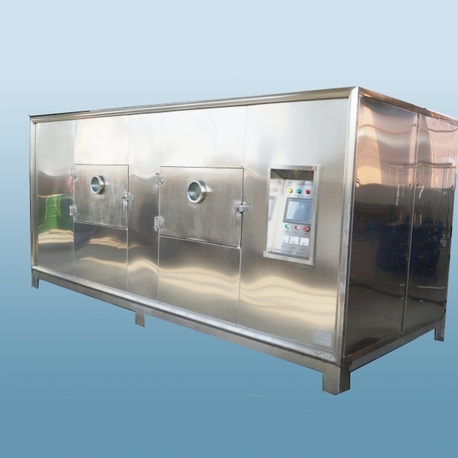In the competitive world of food processing, achieving efficiency, scale, and quality is paramount. For businesses looking to preserve and add value to produce, industrial drying is a cornerstone technology. Whether you're dealing with a surplus harvest, creating ingredients for the food industry, or producing retail-ready dried snacks, understanding the world of dry fruit vegetable machinery is crucial. This comprehensive guide delves into how modern industrial dehydrators work, their vast applications, and how a partner like Nasan can provide the optimal dry fruit vegetable solution for your commercial needs.
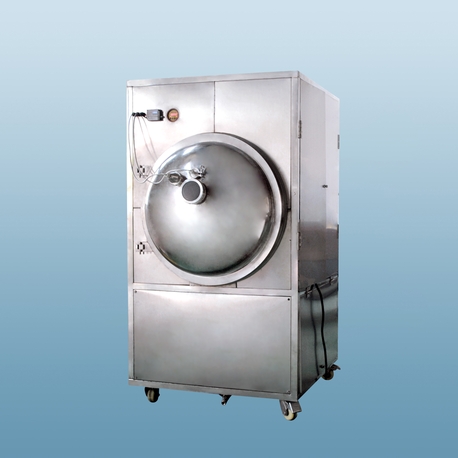
Understanding the "Why": The Critical Role of Industrial Drying
Drying is one of the oldest and most effective methods of food preservation. On an industrial scale, it’s not just about removing water; it's about locking in nutrients, intensifying flavors, and creating shelf-stable products that can be stored and transported without refrigeration. For businesses, this translates to:
Reduced Post-Harvest Losses: A significant amount of produce is wasted annually. Industrial dry fruit vegetable processes can convert this potential waste into profitable, long-lasting goods.
Value Addition: Dried fruits and vegetables often command a higher price per kilogram than their fresh counterparts, opening new revenue streams.
Supply Chain Simplification: By drastically reducing weight and volume, dried products cut down on transportation and storage costs.
Year-Round Availability: They allow consumers to enjoy seasonal produce throughout the year, stabilizing your market presence.
How It Works: The Industrial Drying Process Unveiled
The journey from fresh produce to a perfectly dried product is a carefully controlled science. While methods vary, the core principle remains the same: applying heat under controlled conditions to evaporate moisture while preserving the product's integrity.
Pre-Treatment: This initial stage is vital for quality. It can include washing, peeling, slicing, and blanching. Blanching, for example, deactivates enzymes that can cause discoloration and off-flavors in the final dry fruit vegetable product.
Loading: Produce is evenly spread on trays that are then loaded into the drying chamber. Uniform loading is essential for consistent drying results.
The Drying Phase: Here, the industrial dryer takes over. Heated air is circulated through the chamber. The temperature, humidity, and airflow are meticulously controlled based on the specific product—drying apples requires a different profile than drying tomatoes or leafy herbs.
Cooling and Packaging: Once the target moisture content is achieved (typically between 10-20% for fruits and 5-10% for vegetables), the product is cooled to ambient temperature to prevent condensation. It is then packaged in moisture-proof and airtight containers.
Key Applications: Where Dry Fruit Vegetable Technology Shines
The use of industrial drying technology spans numerous sectors. Investing in a robust dry fruit vegetable dryer opens doors to multiple markets:
Snack Food Manufacturing: Creating retail packs of dried mangoes, apple chips, banana chips, and mixed vegetable snacks.
Ingredient Production for B2B: Supplying dried onions, garlic, carrots, bell peppers, and tomatoes to soup mixes, ready-meal producers, bakeries, and spice blenders.
Cereals and Bakery: Providing dried fruits like raisins, cranberries, and blueberries for muesli, granola, and baked goods.
Health Food and Supplements: Producing powder from dried vegetables like spinach, kale, or beetroot for use in superfood blends and supplements.
Culinary and Restaurant Use: Supplying high-quality dried mushrooms, herbs, and vegetables to the hospitality industry.
Choosing the Right Industrial Solution: A Look at Nasan's Expertise
Not all dryers are created equal. The choice of technology depends on your production volume, the types of produce you handle, and your quality requirements. Leading manufacturers like Nasan offer a range of solutions tailored to different needs.
Tray Dryers (Batch Dryers): Ideal for smaller batches or businesses with a diverse product range. They offer great flexibility, allowing you to dry different products simultaneously.
Tunnel Dryers (Continuous Dryers): Perfect for high-volume, single-product operations. Products on trolleys move continuously through a tunnel, ensuring a non-stop, efficient workflow ideal for large-scale dry fruit vegetable production.
Belt Dryers: Another continuous system where the product is carried on a conveyor belt through different temperature zones, providing gentle and uniform drying.
When selecting a dry fruit vegetable dryer, consider factors like energy efficiency (heat pump technology can offer significant savings), automation level, hygiene design, and the manufacturer's reputation for after-sales support. A company like Nasan stands out by providing not just a machine, but a comprehensive dry fruit vegetable solution, including consultation, installation, and maintenance, ensuring your investment delivers maximum returns.
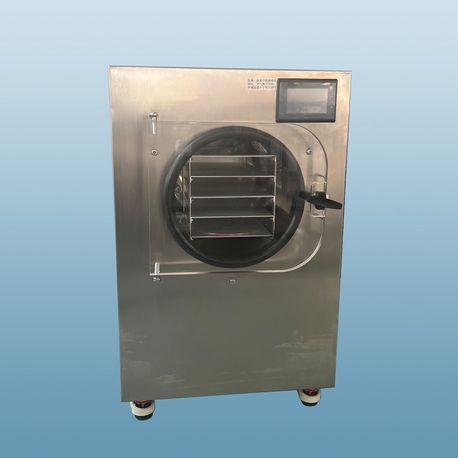
Real-World Impact: A Case for Nasan Technology
Imagine a mid-sized food processing company that specializes in seasonal fruits. They face the challenge of a two-month harvest window but need to supply customers year-round. By integrating a Nasan industrial drying system, they can:
Process peak-season surplus that would otherwise be sold at a lower price or go to waste.
Create a diverse portfolio of dried fruits for the snack and ingredients markets.
Stabilize their annual revenue and build a stronger, more resilient business.
This is the tangible power of effective dry fruit vegetable dehydration technology.
Conclusion: Elevate Your Production with the Right Partnership
The decision to invest in industrial dry fruit vegetable equipment is a strategic move towards growth and sustainability. It’s a commitment to reducing waste, enhancing product value, and meeting the evolving demands of the global food market. Success in this arena hinges on choosing a reliable technology partner. With decades of engineering excellence and a deep understanding of food processing challenges, Nasan provides the robust, efficient, and intelligent drying solutions that modern businesses need to thrive. Don't just dry—transform and excel.
Frequently Asked Questions (FAQs) About Industrial Dry Fruit Vegetable Equipment
Q1: What is the typical lifespan of an industrial dryer for fruits and vegetables?
A1: With proper maintenance and care, a high-quality industrial dry fruit vegetable dryer from a reputable manufacturer like Nasan can last anywhere from 15 to 25 years. The lifespan heavily depends on the operating environment, the corrosiveness of the products being dried, and adherence to the recommended service schedule.
Q2: How do I determine the right capacity and type of dryer for my business?
A2: The choice depends on your raw material input (kg/hour), the desired final moisture content, and the types of products you plan to dry. It's best to consult directly with an expert. Companies like Nasan often offer feasibility studies and can help you model your production needs to recommend the most efficient dry fruit vegetable dryer, whether it's a batch tray dryer for flexibility or a continuous tunnel dryer for high volume.
Q3: What are the key energy consumption factors in a dry fruit vegetable process?
A3: The main factors are the initial moisture content of the produce, the target final moisture, the drying temperature, and the efficiency of the dryer's insulation and heat recovery systems. Modern heat pump-assisted dryers, such as those engineered by Nasan, are designed specifically to minimize energy use per kilogram of water removed, making the dry fruit vegetable drying process more cost-effective and environmentally friendly.
Q4: Can the same dryer effectively process both fruits and vegetables?
A4: Yes, a well-designed industrial dryer is highly versatile. However, the drying profiles (temperature, time, airflow) will be drastically different. Fruits, which are high in sugar, often require lower temperatures for longer periods to prevent case hardening (where the outside hardens and traps moisture inside). Vegetables can typically tolerate higher temperatures. A dryer with precise control systems is essential for switching between different dry fruit vegetable products efficiently.
Q5: What kind of maintenance does an industrial fruit and vegetable dryer require?
A5: Regular maintenance is crucial for optimal performance and longevity. Key tasks include cleaning air filters and ducts to ensure proper airflow, inspecting and calibrating temperature and humidity sensors, checking electrical components, and lubricating moving parts. Partnering with a supplier that offers comprehensive service contracts, like Nasan's support programs, can help prevent downtime and ensure your dry fruit vegetable production line runs smoothly.



